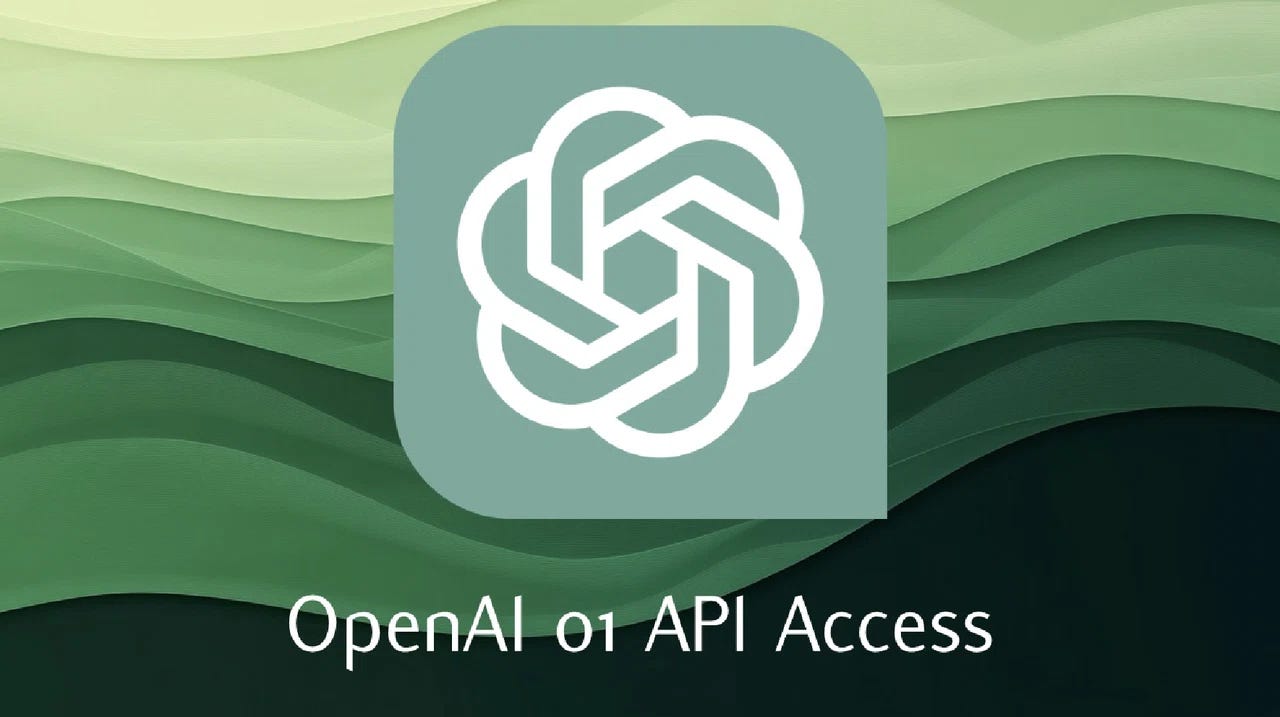OpenAI Releases Full-Powered o1 Model API with 60% Cost Reduction
OpenAI launches o1 model API with 60% cost reduction, advanced visual features, WebRTC support for real-time APIs, and preference fine-tuning for custom models.
On Day 9 of OpenAI's 12-day release event, the o1 model API was officially launched, alongside a major upgrade to the real-time API that now supports WebRTC.
Compared to the previous preview version, the o1 model API reduces cognitive costs by 60% and includes advanced visual capabilities. The audio costs for GPT-4o have been cut by 60%, and the price of the mini version has plummeted by 10 times.
Additionally, OpenAI introduced a new preference fine-tuning method. By directly optimizing preferences with algorithms, large models can better grasp users’ preferred styles.
This update includes the following key features:
1. OpenAI o1 in the API:
The OpenAI o1 model is now officially available in the API for Level 5 users. As the successor to OpenAI o1-preview, the o1 model is designed to handle complex, multi-step tasks and provide higher accuracy. The model offers the following key features:
Function Calls: Seamlessly connects the o1 model to external data and APIs.
Structured Output: Generates responses that reliably adhere to custom JSON schemas.
Developer Messages: Allows developers to specify instructions or context for the model, such as defining tone, style, and other behavior guidance.
Visual Capabilities: Can understand images, unlocking more applications in fields that require visual input, such as science, manufacturing, or coding.
Lower Latency: For a given request, the o1 model uses 60% fewer inference tokens than o1-preview.
Reasoning Effort Parameter: A new
reasoning_effortAPI parameter that allows developers to control the model's thinking time before answering questions.


